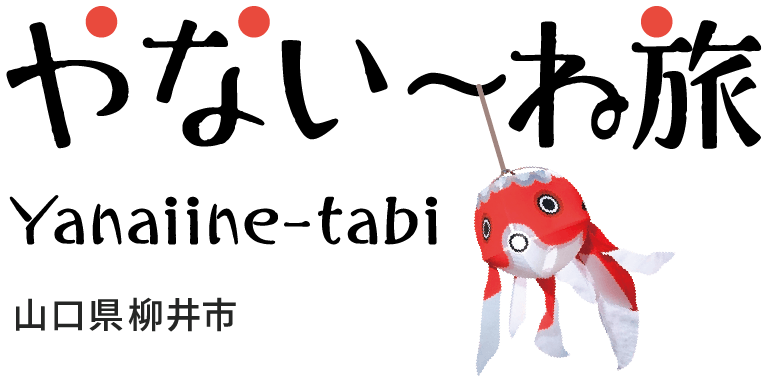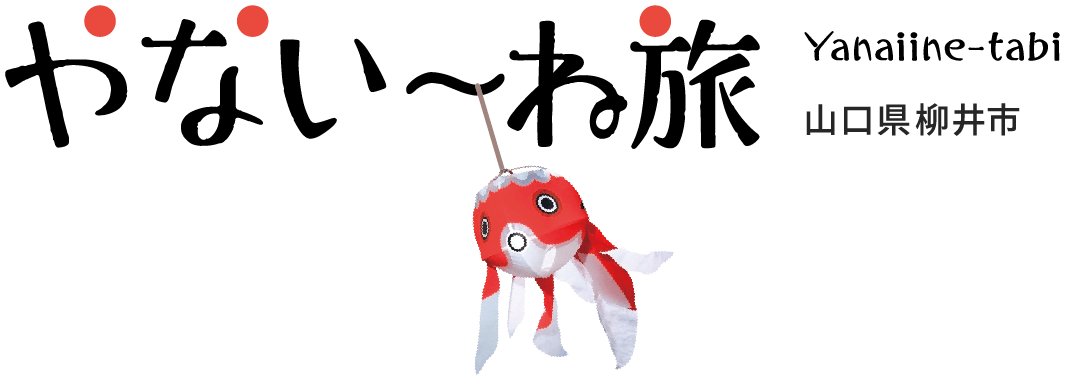Midorigaoka Library is a composite library facility that combines four functions: a library, support for civic activities, support for child-raising, and disaster prevention. A range of activities, including interpersonal exchange, hands-on experiences, learning, and transmission of information, all take place in one building.
In addition, the library is equipped with spaces for lively communication as well as quiet spaces. Conversation can be enjoyed in the café area and the children’s library area.
The building also includes 10 rooms referred to as “studios”, which can be used for hosting lectures and workshops, or reserved for private use.
Month: January 2025
Yanai Kingyo Chochin (goldfish-shaped lanterns)
Yanai’s traditional folkcraft from Edo period (17th-19th centuries)
Kumatani Rinzaburo, a highly successful merchant of Edo (former name of Tokyo), invented this lantern inspired by Nebuta ornaments found in Aomori Prefecture.
Made of washi-paper and bamboo framework, painted with the same dyeing material as Yanai-jima textile, they were hung out outside as guiding lanterns to help the ancestors’ spirits to come back home during Obon period.
Today, the town holds a Yanai lantern festival on the 13th of August every year.
The fantastical look of swinging goldfish lanterns along white-walled streets in the evening during early August is a typical image of summertime in Yanai.
Enjoy the sight of the unique seasonal “kingyo chochin” (goldfish lanterns) that appear in the Shirakabe historical district.
Please see here for a guide to seasonal “kingyo chochin”.
In addition, Yanai currently holds an exchange with Hirosaki City in Aomori Prefecture, featuring “kingyo chochin” and “kingyo neputa”.

■ “Kingyo neputa” of Hirosaki City, Aomori Prefecture
“Kingyo neputa” are goldfish-shaped lamps said to be based on the motif of “Tsugaru Nishiki”, a species of goldfish bred in Tsugaru Domain in the Edo period,
and are a vital part of the Neputa Festival.

■ “Hirosaki neputa” created through the exchange program between Yanai City and Hirosaki City
The motif of the artwork on the festival float is “Kumagai Rinzaburo crafting a kingyo chochin”.
Kirak 411
A food shop that specializes in Western-style delicatessen dishes.
With a rich variety of products, including bento meal boxes, imported ingredients, and wines.
Photo Office Kapuri
“Life is a Story”
This company offers both location-based and studio-based photography.
Product photography / Food photography / Funeral portraits / Profile photos/Newborn photos / Omiya-mairi (Newborn shrine visit) photos / Shichi-go-san (Age 3, 5 & 7 celebration photos) / Coming-of-age celebration photos / Pre-wedding photos
Bringing people together by taking photographs related to people’s lives.
Joe’s Bar
“Shots & Cocktails: Joe’s Bar” offers delicious sake, whiskey, and both alcoholic and non-alcoholic cocktails.
Feel free to drop in for a visit.
Yanai Nippon Bare Kaido Association
This organization works to create appealing community development utilizing local resources along the “kaido” (old highways), with a focus on two Edo-period highways that run through Yanai City.
Many local assets are located along these two highways, such as the Shirakabe, Obatake and Shikami historic districts, and the former private schools Seikyo Sodo and Kokkido. The highways received the certifications of “Yume Kaido (Dream Highway) Renaissance” in 2014 and “Yanai City Regional Brands” in 2020.
The association’s main activities are hosting walking trips (year-round), conducting highway maintenance (Autumn and Winter), hosting panel exhibitions about the highways (Winter) and publishing its newsletter (every odd-numbered month).
Yanai Jima (traditional stripe textile)
Plain cotton textile produced in this area for centuries.
This style became well known during the Edo period, when Yanai prospered as a merchants’ city. As industrialization began in the Meiji period (19th century), production of this folk textile declined and almost disappeared in the early 20th century.
After decades of absence, Yanai-Jima production was revived thanks to a new technology and design, that yet manage to preserve the warmth of hand-woven textile.
Wood-fired Oven Italian Albero
This restaurant serves authentic Neapolitan pizza, baked in an Italian-made wood-fired oven.
Albero offers Italian cuisine made with plentiful local ingredients from Yamaguchi Prefecture, and particularly from within Yanai.
Pizzas, drinks and desserts are also available for take-out.
Ichigo-Ichie
As “a sweets café that expresses the heart of Japan”, Ichigo-Ichie offers soft-serve ice cream sent directly from Yamanaka Dairy Farm in Akaigawa Village, Hokkaido, in vanilla and limited-edition seasonal flavors, as well as Japanese sweets made with domestically-produced ingredients. In addition, a stylish selection of Japanese goods is also available.
Kanro Joyu (soy sauce)
Soy sauce with extra-rich flavor thanks to an original double processing. When this sauce was first presented to Lord Kikkawa during the Edo period, the governor praised the flavor as being “kanro” – “heavenly sweet dew”. Hence its name Kanro Joyu.
Using a technique that remains unchanged since it was first developed 200 years ago, soy sauce matures for two years and gains its characteristic flavor.


























